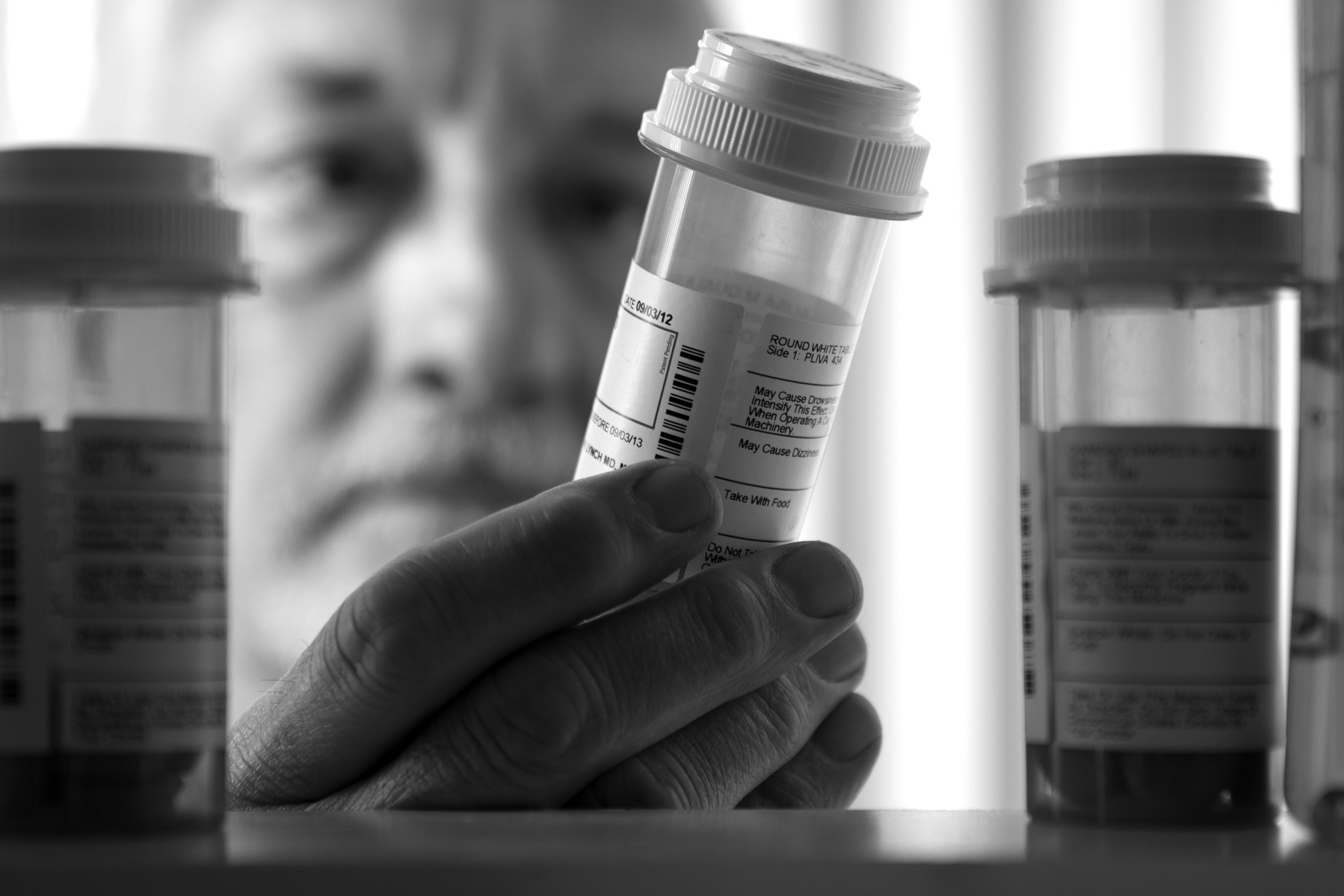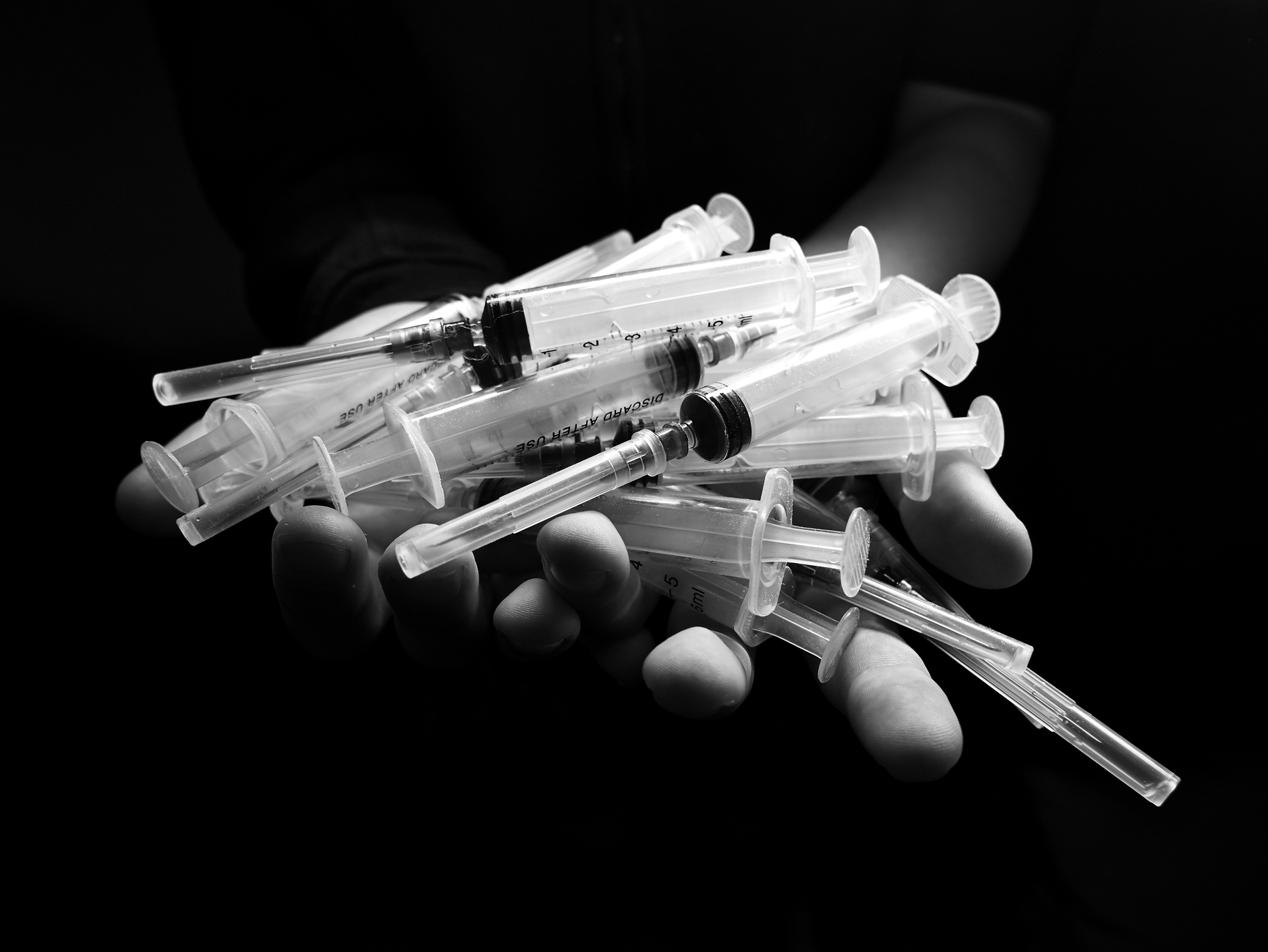There is no one-size-fits-all answer to solving the opioid epidemic, but these solutions are from Ohio and around the country. Some are personal action items, some can be accomplished by organizations and others require local, state or federal governments to act. Which ones are at work in your community, and which ones can you work to put in place?
Need help right now? In Ohio: text “4HOPE” to 741741 or call 877-275-6364. In other states: text “HELLO” to 741741 or call 800-662-4357 (HELP).
Needle/syringe exchanges: By exchanging used for new syringes, heroin users are less likely to develop infections, contract HIV or hepatitis C, each of which would significantly increase health care costs. The exchange also encourages users to not discard infected needles in parks and parking lots because they have value, and also provides one more opportunity for health-care workers to have contact with victims, encourage treatment.
Opioid response teams: A first responder, such as police or EMS, joins with health care and social workers to visit victims of overdose within a few days of the event. They ask questions that help victims think about personal behavior and discuss treatment.
Personal record sharing: Widespread sharing of opioid patient records in the health community assists in tracking users to provide the best treatment. For example, in Camden, New Jersey, the Coalition Health Information Exchange maintains a central database and social workers pursue victims for counseling.

Tougher prescription guidelines: Ohio has enacted limits on the prescribing of addictive pain medications, particularly opioids, to reduce addictions. There is growing controversy over the limits because addicted users may turn to illegal heroin. However, fewer people are being exposed for the first time.
County task force: Opioid task forces are a starting point for reviewing what works in other communities and applying those concepts to local work.
Medicine recycling or disposal: Removes addictive painkillers and other unused prescription drugs from the house. Many police departments and hospitals serve as drug drop-off locations.
When you see an overdose, call 911: Ohio and Pennsylvania have “Good Samaritan” laws that protect callers from prosecution for minor drug offenses if they are a participant and meanwhile witness a life-threatening overdose. However, there is a two-time limit from prosecution for the caller.
Recovery coaching: The Ohio Department of Mental Health and Addiction Services offers coach training for people who want to work with a person with addictions. Recovery coaches encourage victims to write a recovery plan and then support the person through the plan. Coaches can be jail workers, law enforcement officials, social workers and volunteers.
Obtain a free overdose revival kit: Ohio has distributed more than 53,000 naloxone kits through its ProjectDawn, (Deaths Avoided with Naloxone). Kits can be obtained by calling your county health department. Pennsylvania’s Department of Health, Department of Drug and Alcohol Programs, and the Pennsylvania Commission on Crime and Delinquency have collaborated to make more than 60,000 naloxone kits available in 2017-18

Jail/treatment-center release: People most vulnerable to overdoses are those who have stopped using for a period of time and return to the same environment in which they used drugs. Some jails have created in-house education and treatment in an effort to steer inmates away from abuse after release.
Access to medication-assisted treatment (MAT): Medication-assisted treatment (methadone, buprenorphine and naltrexone) is the standard of care for reducing opioid addiction, but as many as 60 percent of those abusing or dependent on opioids lack access to such treatment. Or if treatment is available, patients must often visit private practice physicians who don’t accept commercial insurance or Medicaid. More providers (physicians and hospitals) should be encouraged to obtain the waiver required to prescribe opioid treatments to their patients.
Drug courts: Thirty-three counties in Ohio and 46 in Pennsylvania have some form of drug court that directs users to intervention programs rather than jail. A few are for juveniles only.
Youth: With data and a growing number of personal experiences, educators are creating programs targeted at students most at risk. National Public Radio recently profiled a new class at South Webster High School in the southern tip of Ohio. Students read about the epidemic, how it came to be and learn that “drugs are a national crisis, not just a family catastrophe.” Ohio has a “Start Talking” web page with resources for schools, churches, organizations and governments. Penn State Extension has adopted the Prosper program to help students make good decisions from a young age and keep their communities away from drugs. In Ohio, the Ohio 4-H Health Heroes are 4-H teens who are raising awareness among their youth peers about drug use.
Source: Farm and Dairy staff and Your Voice Ohio media collaborative
















